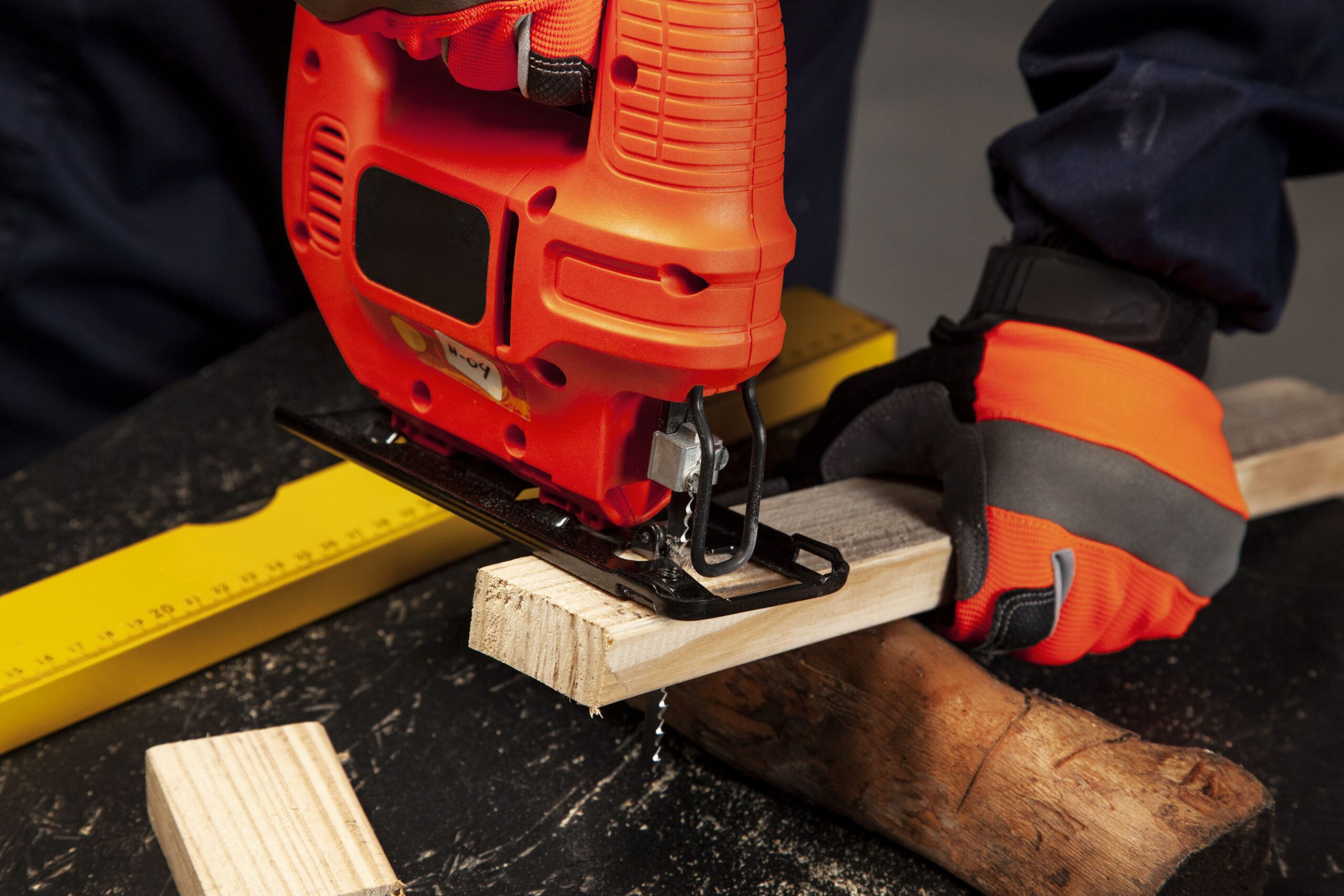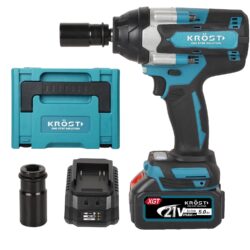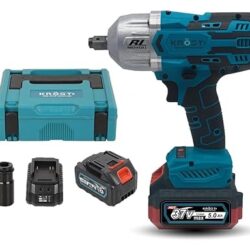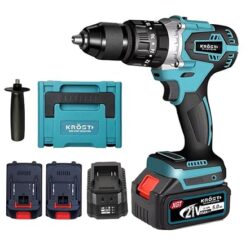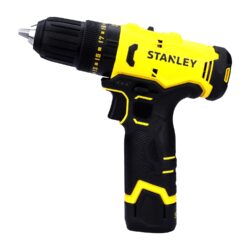A Guide to Groove Routers: The answer to your What, Where and How to
What is a Groove Router?
A groove router is a versatile power tool used in woodworking to hollow out (or rout) an area on the surface of a piece of wood. This tool is essential for creating grooves, dados, rabbets, and other intricate cuts and designs. Groove routers come in various types, including:
- Fixed-Base Routers: These are your go-to for precision work, ensuring that the depth of the cut remains constant. With this tool, you can confidently tackle even the most intricate designs, knowing your precision is unmatched.
- Plunge Routers allow vertical movement during the cut, making them suitable for intricate inlay work and deep grooves.
- Combo Kits: These offer fixed and plunge bases, providing the versatility to handle a wide range of woodworking tasks. With a combo kit, you can feel empowered to take on any project that comes your way.
Where to Use a Groove Router?
Groove routers can be used in a variety of woodworking projects, such as:
- Cabinetry and Furniture: Creating joinery like dovetails and mortises.
- Decorative Edges: Adding profiles and patterns to the edges of tables, doors, and furniture.
- Sign Making: Engraving letters and designs into wooden signs.
- Inlay Work: Creating precise recesses for inlays in decorative projects.
How to Use a Groove Router?
Step 1: Choose the Right Bit:
- Select the appropriate router bit for your task. Standard bits include straight, rabbeting, flush trim, and chamfer bits.
Step 2: Set the Depth:
- Adjust the router’s depth setting according to the desired depth of the cut. Fixed-base routers require manual adjustment, while plunge routers can be adjusted during the cut.
Step 3: Secure the Workpiece:
- Clamp the workpiece securely to your workbench to prevent movement during routing.
Step 4: Safety First:
- Wear safety goggles, ear protection, and a dust mask. Ensure that your work area is clean and free of obstructions.
Step 5: Routing Technique:
- Fixed-Base Router: Turn on the router and move it steadily along the guide or edge.
- Plunge Router: Start with the base resting on the workpiece, then lower the bit into the wood and move it along the desired path.
Step 6: Feed Direction:
- For handheld routing, move the router against the bit’s rotation (typically left to right for inside edges and right to left for outside edges).
Step 7: Multiple Passes:
- For deeper cuts, make multiple shallow passes rather than a single deep cut to avoid overloading the router and achieving cleaner results.
Groove routers can be used with:
- Electric Trimming Machines
- Bakelite Milling Machines
- Ornamental Engraving and Milling Machines
- CNC Engraving Machines
- CNC Machining Centres
Conclusion
Any woodworker who wants to attain accuracy and originality in their products must have a groove router. Knowing what a groove router is, where to use it, and how to use it will improve your woodworking abilities and output. Operating a groove router can enhance your woodworking skills regardless of experience level and lead to many new opportunities.


